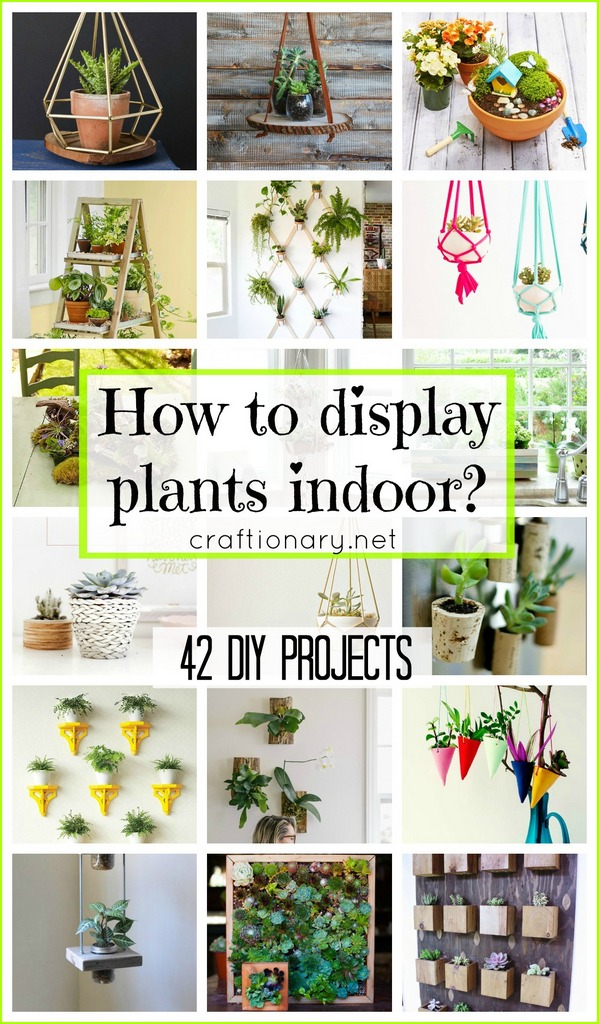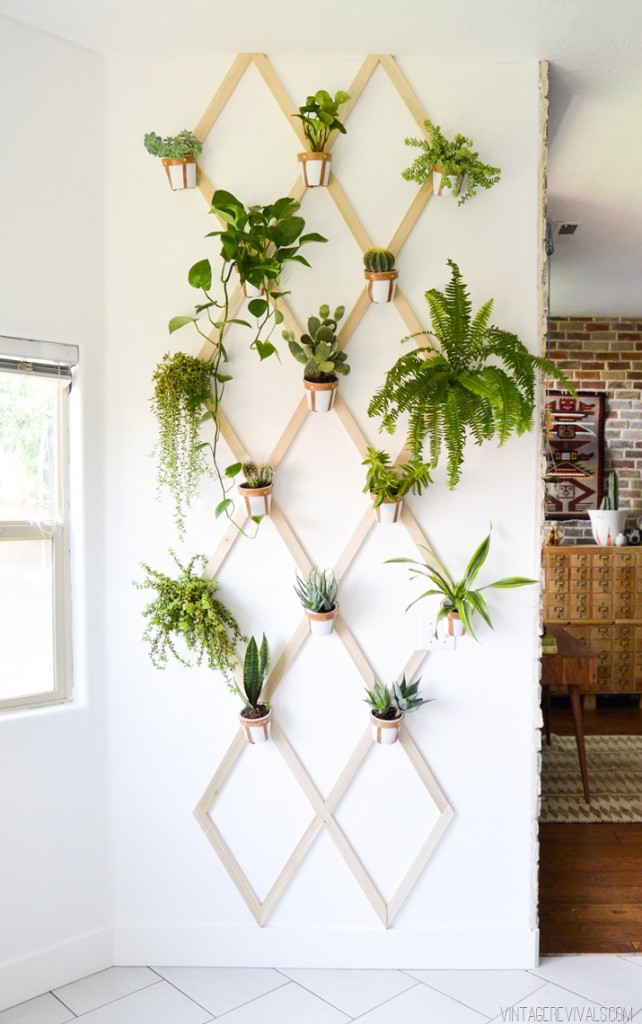Houseplants add a sense of greenery and peace inside your home. While outdoor gardens are very common, growing plants indoors can make your home brighter and calmer. A natural air purifier and de-stressing agent, houseplants are one of the simplest ways to create a soothing environment without splurging on expensive antiques.
Here are some of the easiest houseplants you can grow in your home.
Bamboo Palm
Counted amongst the most effective solutions for cleaning indoor air, bamboo palm is a purifying agent. It is most effective against benzene as well as trichloroethylene. Surprisingly, it is also low on maintenance and only requires regular watering and should be placed in indirect sunlight or shade of your home.
Peperomia
Known for their waxy and highly textured leaves, Peperomia is a popular variety of houseplants. Often accompanied by red edges surround a wide creamy margin on the leaf, Peperomia is very popular because it is petite and occupies very little space, whether near the window or on your table. It also adds a pop of color and brightens the room with very little effort!
Norfolk Island Pine
Growing anywhere between 5 and 10 feet, the Norfolk Island pine is a beautiful houseplant ideal for gifting for Christmas decorations. It’s soft texture and graceful shape lends an elegant yet cozy feel to the room. It is interesting to note that in the wild, this tree can reach upto 200 feet but domesticated versions are less than 10 feet tall. Ensure that you keep the plant in a location with ample light and humidity and allow the soil to dry between watering.
Chinese Evergreen
Accented with streaks of gray, silver and green, the Chinese Evergreen is a popular houseplant that is ideal in brightening up low lit areas in your home. This tree-like house plant should be kept in remote corners of the home and should be handled with care. Its attractive leaves, bright colors and robust nature make it one of the most sought after plants for indoor settings.
Make a Window Spa
Instead of splurging on bottled air fresheners, you can make one at home! Grow scented geraniums near a windowsill or your kitchen counter. These fragrant flowers spread scents of rose, lime, lemon, chocolate and cinnamon around the house. All you have to do is pinch a leaf to release the soothing fragrance into your home.
Source by : http://renaissanceholdings.com/blog/easy-houseplants-to-grow-indoors/




















